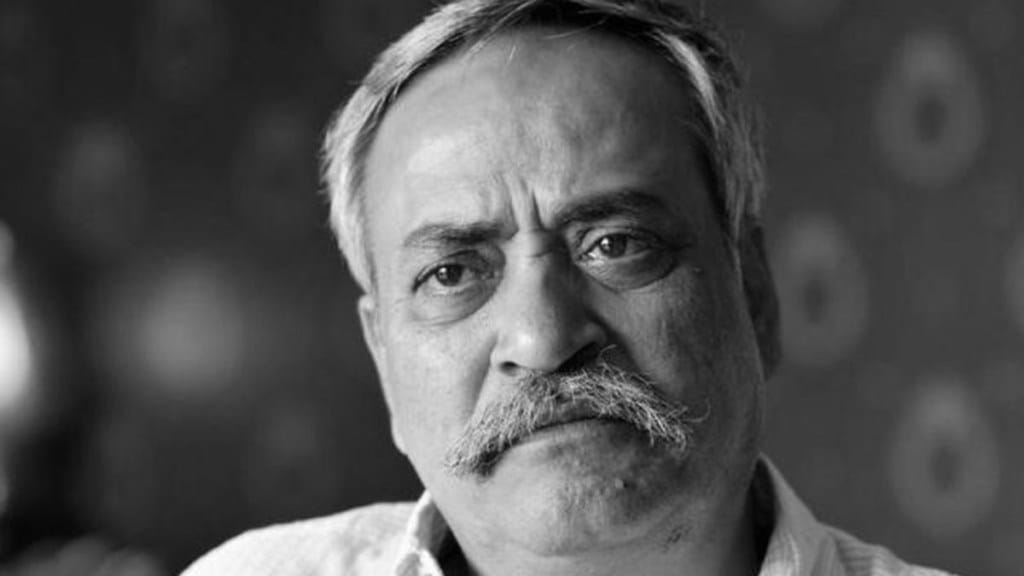Advertising, Piyush Pandey used to say quite often, should be like “talking to your neighbour across the fence”. He has walked that talk throughout his illustrious career, reminding us that the most powerful stories are not written in boardrooms, but in the voices of people you meet every day.
With his passing on Friday, India has lost somebody who didn’t just write campaign lines – he wrote our lines. His genius lay in making India speak to itself — in its own languages, rhythms, jokes, and contradictions. He found poetry in paan stains, philosophy in traffic jams, and love in the hum of a crowded bus.
When he said “Fevicol ka jod hai, tootega nahi”, it wasn’t only about glue — it was about resilience, about the everyday Indian spirit that holds together somehow, no matter how packed the bus or how big the struggle. When he wrote every home whispers a story in Asian Paints’ “Har Ghar Kuch Kehta Hai”, he didn’t create a campaign; he gave us a cultural moment. And when he wrote “Mile Sur Mera Tumhara”, he gave India a soundtrack for unity that still brings goosebumps decades later.
There’s more. “Kuch Khaas Hai Zindagi Mein” wasn’t just a Cadbury moment — it was an invitation to celebrate small joys, to let a young woman dance barefoot on a cricket field. Incidentally, the song was written by Pandey on the back of a boarding pass while flying from Delhi to Jaipur, his home town.
Since the idea was to show spontaneity, he refused to appoint a choreographer and asked Simone (the model in the ad) to do whatever she wanted to do. There were 14 retakes, but Pandey and his team chose the first one. “You have to let go and trust people. Most will create magic — just like Simone did,” he would say.
Pandey’s ads thus didn’t sell products; they sold emotions — laughter, pride, nostalgia, affection. They didn’t shout; they smiled. And behind every idea was a mind that understood the Indian consumer not through research slides, but through conversations, chai stalls, and lived experience.
Pandey recounted many such examples while talking to this correspondent some years ago. Consider the famous Chal meri Luna — Pandey’s debut in the world of ad campaigns. He got the idea when he saw a child sitting on a wooden horse in a Bata showroom, shouting “chal mere ghode”. There are others, too. One day he was watching his wife playing with their four canine companions and indulging in some doggie-speak. The nonsensical phrase ” Googly, Woogly, Wooksh “” formed the basis for a Ponds Cold Cream ad.
One of Pandey’s favourite but much less talked about campaigns was an anti-smoking ad “Second hand smoking kills” where the cowboy smokes like a chimney and the horse drops dead. A lot of his friends tried to stop him from doing the ad, as Pandey was a chain smoker himself, but he went ahead as only “a smoker would know the bad effects of smoking.”
His whole life was about breaking boundaries. For instance, he came up with Hindi ads when anything non-English in advertising was considered infra dig. He chose to wear bush shirts and jeans to office at a time when the ad world was full of people with striped shirts and silk ties. He brought back a kind of Indian idiom to advertising that had been lost in translation.
He believed that creativity didn’t need big budgets, they needed big hearts. That a good line could come from anywhere — from a cab driver, a child, or a cricket fan. And that respect for the audience was the first rule of storytelling.
As a leader, he nurtured hundreds of young writers and dreamers who went on to define modern Indian advertising. As executive chairman and later chief creative officer, Ogilvy India, Pandey led by trust rather than hierarchy. He believed creativity thrived on laughter and freedom, not on process manuals. Many of today’s leading advertising professionals credit him for giving them space to fail, and more importantly, the courage to think like themselves. He mentored a generation of storytellers who continue to define the industry today.
But make no mistake. Pandey’s genius wasn’t just emotional — it was strategic. He crafted campaigns that didn’t just entertain but built brand equity and drove business growth. Under his leadership, Ogilvy India became a creative powerhouse, producing work that stood tall on the global stage while staying unapologetically Indian.
As India mourns his passing, it also celebrates a man who taught us to speak with pride, to dream with humour, and to find the extraordinary in the ordinary.

